Most people have heard of the great civilizations of Mesopotamia, Egypt, and the Indus Valley, which are all noted for being the earliest known civilizations to feature urbanization, organized administration, and cultural innovation. But few have heard of the mysterious civilization that emerged on the shores of lakes of the Black Sea some 7,000 years ago in Bulgaria.
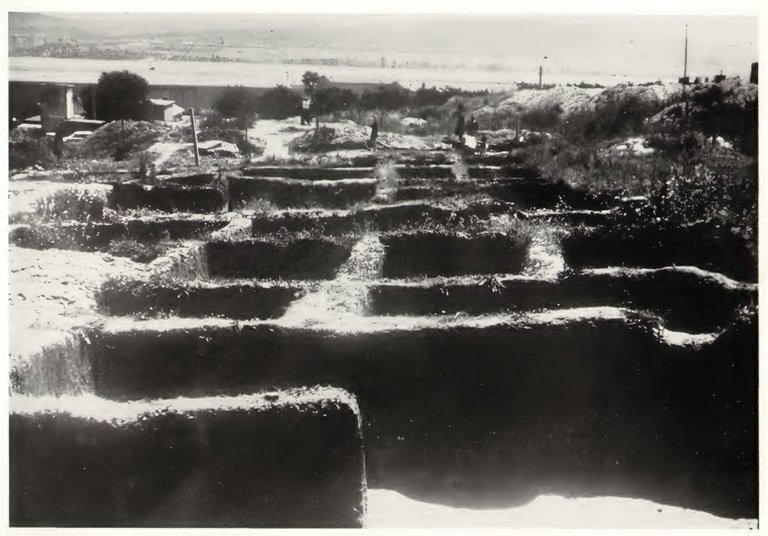
Varna Necropolis during excavation circa 1972
In October 1972, during excavations in the region of the Varna Lake, the 22-year-old excavator operator Raycho Marinov stumbled upon a vast Copper Age necropolis from the 5th Millennium BC containing the oldest golden artifacts ever discovered near the modern-day city of Varna. But it was not until they reached grave №43 that they realized the real significance of the finding.
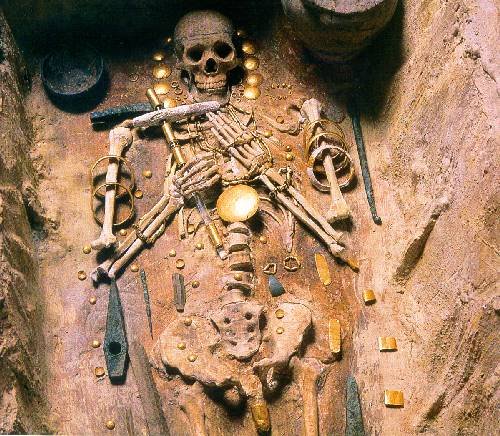
Inside burial 43 were the remains of a high-status male and unfathomable riches – more gold was found within this burial than in the entire rest of the world in that period.It was to become one of the most important archaeological discoveries ever made in Bulgaria.
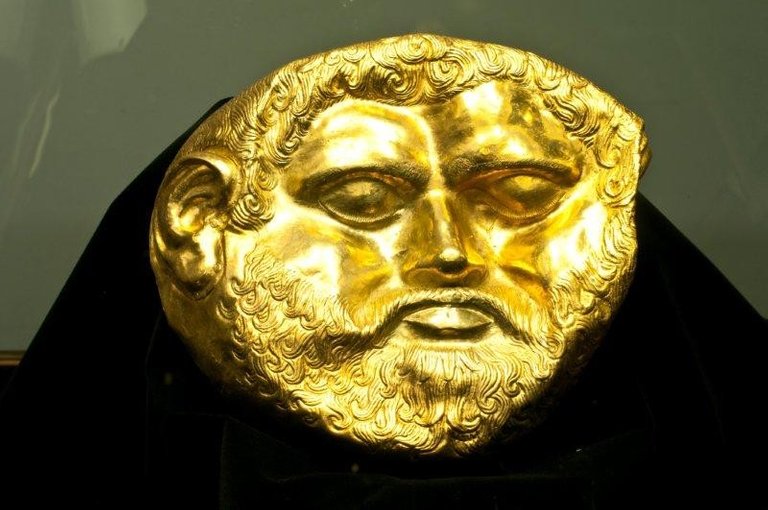
Astounding piece of craftsmanship
About 296 graves were uncovered in the necropolis, and between them over 22,000 exquisite artifacts were recovered, including 3,000+ items made from gold with a total weight of 6.5 kilograms.
30 similar golden goat horns
Unique golden laurel wreath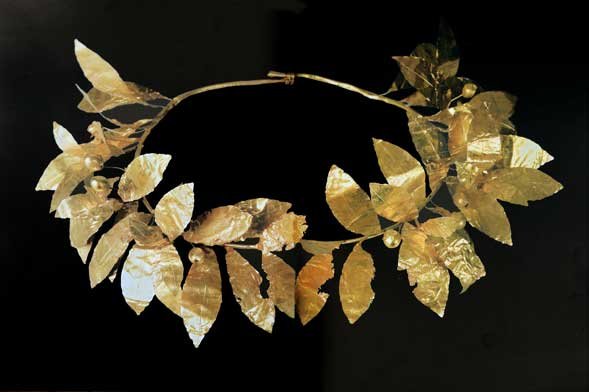
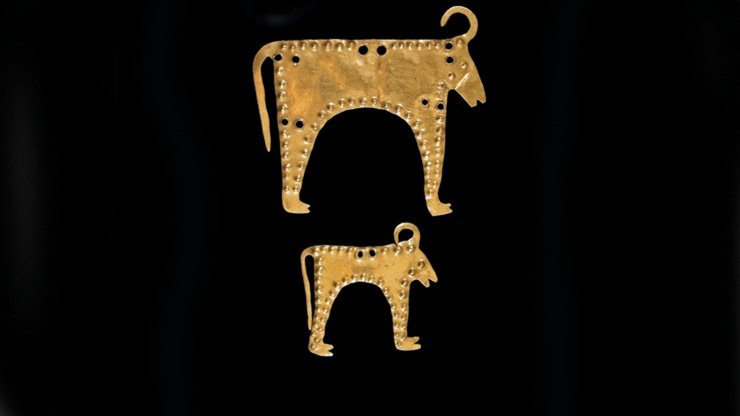
These 2 bulls are the most intriguing pieces found at the site as they have the profound knowledge of sacred geometry encoded in them.
Other precious relics found within the graves included copper, high-quality flint, stone tools, jewellery, shells of Mediterranean mollusks, pottery, obsidian blades, and beads.

Currently, the treasure is being put on display at the Archeological Museum of Varna.